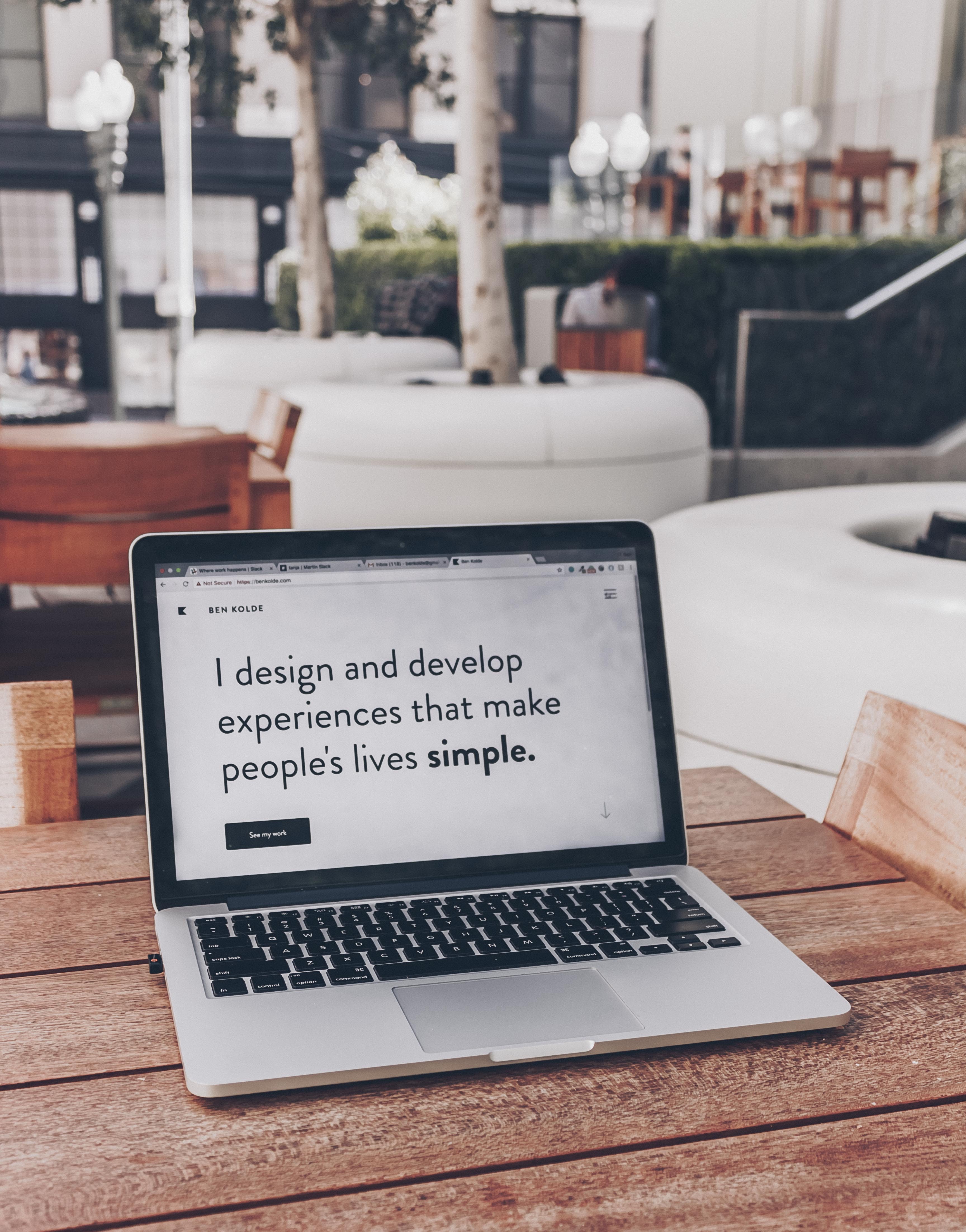Design
How Can Designers Prepare For The Future?
Last month, I had the chance to attend CSS Day in Amsterdam, a two day event split between a “UI day” focusing on the intersection of design and development and a “CSS day”, with speakers who covered more in-depth, technical CSS subjects. The talks were as diverse as the background of the speakers themselves, but there was one common thread: in this era of rapid change, we have to ask ourselves if we, as product people, are equipped to design for:
Automation
Machine Learning
Artificial Intelligence
What does automation mean for designers?
It's hard to work on a product team that hasn’t automated some part of their workflow in the name of productivity. If machines can take care of the repeatable tasks and heavy lifting, designers can focus on doing more meaningful work. But how does this affect the way we use the work being created by machines?
Josh Clark, founder of design studio Big Medium, provoked the audience with this very question during his talk, ‘A.I. is your New Design Material’. Some of the most impressive advancements in recent technology are things like facial recognition, predictive text, and image search, all powered by machine learning. But it's important to remember—all of these technologies are still built on code. The upside is less room for error. No real emotions, expectations, or feelings get in the way of the job it was designed to do.
Yet, as humans, we assume that when facial recognition fails, the whole process is inherently flawed. But was it really?
According to Josh, that is the most fundamental thing to understand when it comes to machines. Not meeting our human expectations, doesn’t automatically make the technology itself a failure. These things were, by definition, built on logic, which begs the question: Can a robot's solution actually be wrong?
The point of introducing machine learning into our products was never to have them do all the work. Instead, algorithms and logic-based solutions ought only provide humans with better insight so as to empower us to arrive at better solutions, faster.
This fundamental understanding our users that helps us make better products. This might be a simple example, but if a computer can figure out how to walk on its own, it's time to start investigating why and how these solutions were formed.




